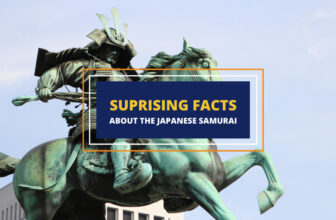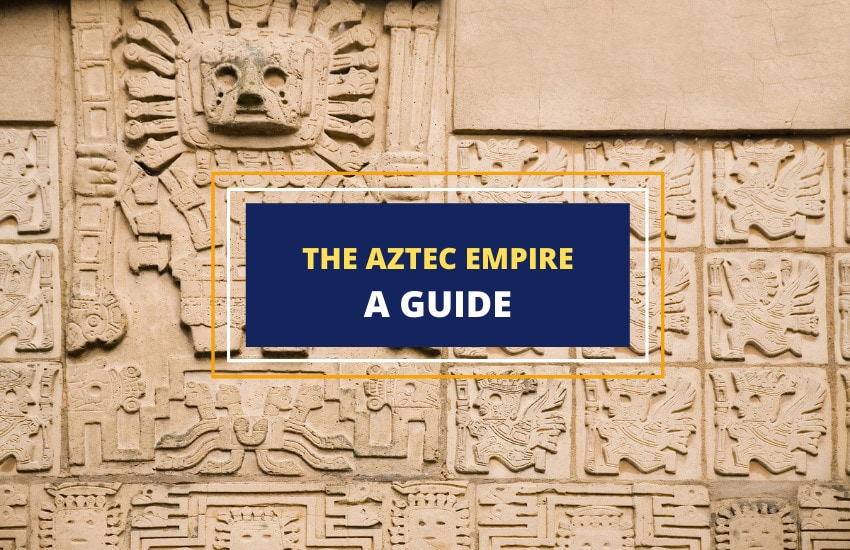
Table of Contents
The Aztec empire was one of the greatest cultures and civilizations of Central America. One of the two most famous Mesoamerican cultures, together with the Mayans, the Aztecs fell to the Spanish conquistadors in the 16th century. However, their lineage and culture live on to this day through the people of Mexico.
Here’s a brief overview of the Aztec empire, from its origins to its greatest period between the 14th the 16th centuries, and eventual decline.
Who Were the Aztecs?
When talking about the Aztecs we should first point out that they weren’t a single ethnicity or nation as the name implies. Instead, Aztec is an overall term for several peoples that migrated into Central America and the Valley of Mexico from Northern Mexico in the 12th century AD.
The main tribes that fall under the “Aztec” umbrella were the Acolhua, Chichimecs, Mexica, and Tepanecs people. Despite belonging to different ethnic groups, these tribes spoke the Nahuatl language, which gave them a common ground for alliances and cooperation as they conquered the disjointed tribes of Central America.
The name Aztec comes from the word “Aztlan” in the Nahuatl language. It means “White Land” and it referred to the northern plains the Aztec tribes migrated from.
What Exactly Is The Aztec Empire?
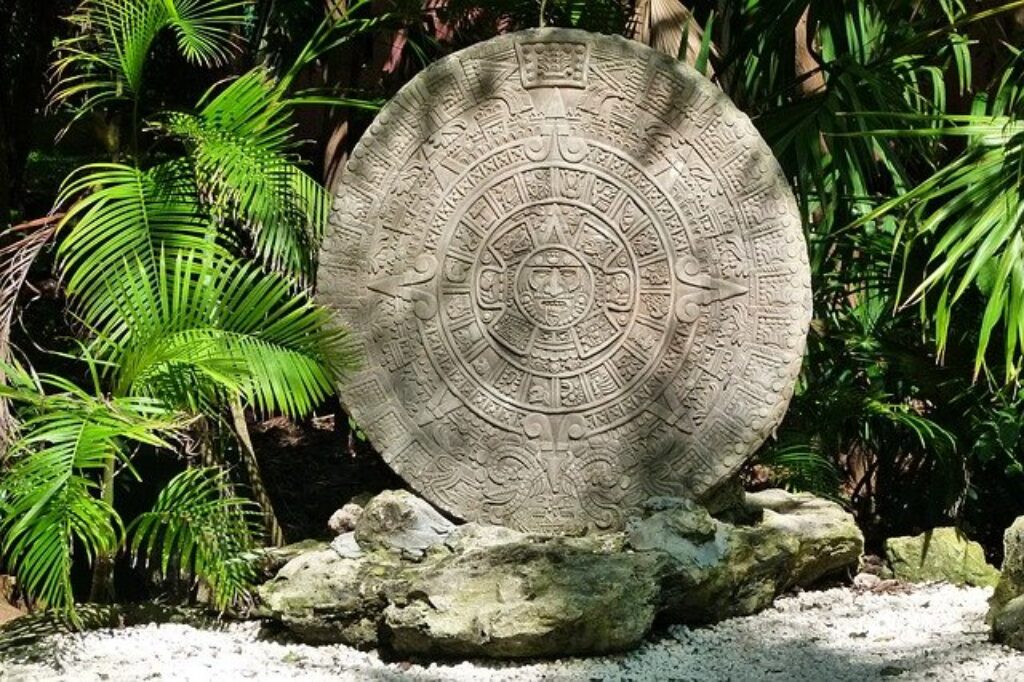
With the above in mind, it’s fair to say that the Aztec empire wasn’t what most other cultures understand as an “empire”. Unlike the empires of Europe, Asia, and Africa, and unlike even the Mayan empire before them, the Aztec empire was an ever-shifting cooperation of several client city-states. This is why maps of the Aztec empire look like spilled spots of paint over the map of Central America.
All this isn’t to diminish the impressive size, structure, and strength of the empire. The Aztec people swept through Mesoamerica like an unstoppable wave and conquered huge suaves of land in and around the Valley of Mexico, including areas as far as modern-day Guatemala.
The exact term for the Aztec empire historians use is a “hegemonic military confederation”. That’s because the empire was made out of several cities, each founded and ruled by the different Aztec tribes.
The Triple Alliance of the Aztec Civilization
The three main city states during the height of the empire were Tenochtitlan, Tlacopan, and Texcoco. That’s why the confederation was also called The Triple Alliance. However, during most of the empire’s life, Tenochtitlan was by far the strongest military power in the region and as such – the de facto capital of the confederation.
Various other cities were a part of the Triple Alliance. Those were the cities conquered by the Aztec confederation. Unlike most other empires, the Triple Alliance didn’t occupy their conquered territories, nor did they subjugate the people there most of the time.
Instead, the standard practice for the confederation was to install new puppet rulers in the conquered city states or even reinstated their former rulers as long as they bowed before the Triple Alliance. All that was asked from a conquered nation was to accept being subjects of the confederation, lending military aid when called upon, and paying a bi-annual tribute or tax to the three capitals of the alliance.
In that way, the Aztec empire was able to quickly conquer the entire region without having to commit genocide, displace, or settle over too much of the local population.
So, while the empire was called Aztec and while the official language was Nahuatl, the dozens of different conquered ethnicities and languages were still present and respected.
Timeline Of the Aztec Empire
Unlike the Maya people whose presence in the region can be traced back to 1,800 BCE, the official start of the Aztec civilization is considered to be 1,100 CE. Of course, the Nahuatl tribes existed before that as hunter-gatherers in North Mexico but they hadn’t migrated south yet. So, any timeline of the Aztec empire should start from the early 12th century AD.
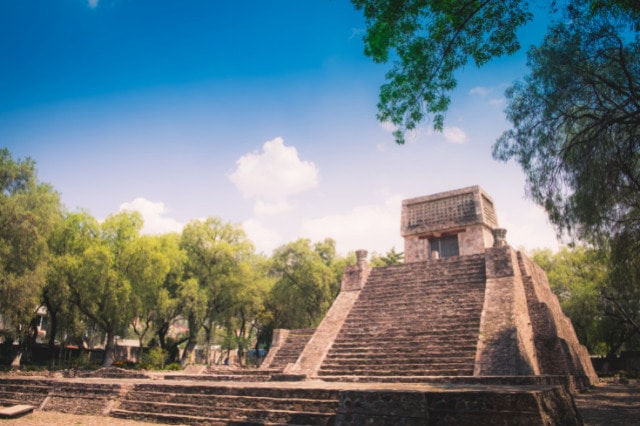
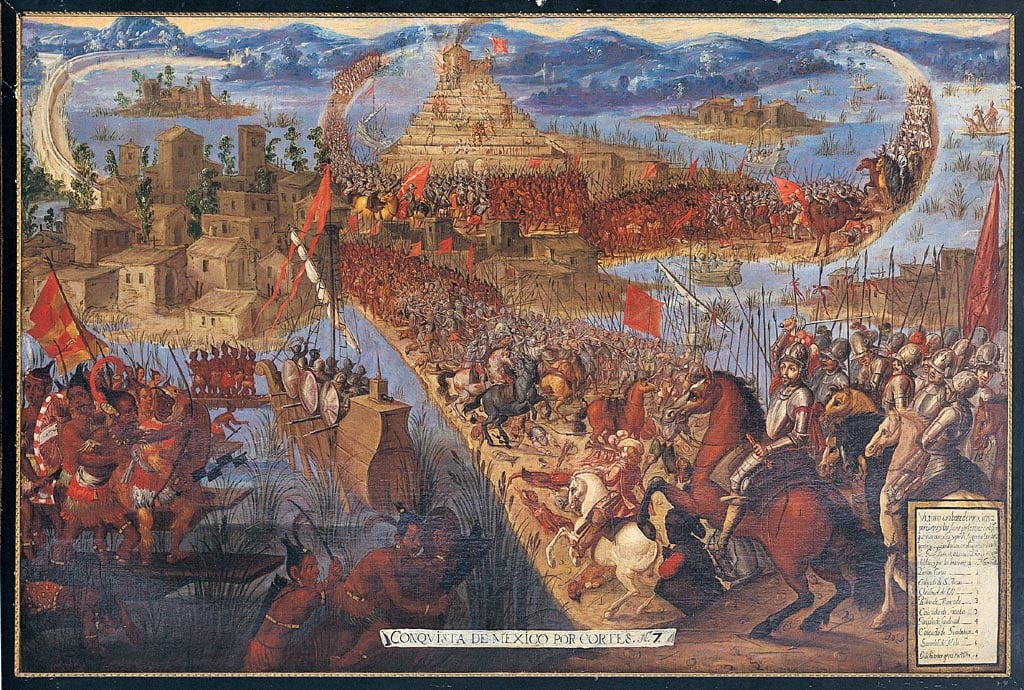
- 1,100 to 1,200: Chichimecs, Acolhua, Tepanecs, and Mexica tribes gradually migrate south into the Valley of Mexico.
- 1,345: The city of Tenochtitlan is founded on lake Texcoco, which starts the “Golden Age” of Aztec civilization.
- 1,375 – 1,395: Acamapichtli is the “tlatoani” or leader of the Aztecs.
- 1,396 – 1,417: Huitzilihuitl is the leader of the growing Aztec empire.
- 1,417 – 1,426: Chimalpopoca is the last leader of the Aztec empire before the establishment of the Triple Alliance.
- 1,427: The Sun Stone of the Aztec calendar is carved and set up in Tenochtitlan.
- 1,428: The Triple Alliance is established between Tenochtitlan, Texcoco, and Tlacopan.
- 1,427 – 1,440: Itzcoatl reigns over the Triple Alliance from Tenochtitlan.
- 1,431 – Netzahualcoyotl becomes a leader of Texcoco.
- 1,440 – 1,469: Motecuhzoma I reigns over the Aztec empire.
- 1,469 – 1,481: Axayacatl succeeds Motecuhzoma I as the leader of the Aztec empire.
- 1,481 – 1,486: Tizoc is the leader of the Triple Alliance.
- 1,486 – 1,502: Ahuitzotl leads the Aztecs into the 16th century.
- 1,487: The infamous Templo Mayor (Great Temple) Hueteocalli is completed and inaugurated with the human sacrifices of 20,000 captives. The temple is topped by two statues – the war god Huitzilopochtli and the rain god Tlaloc.
- 1,494: The Aztec empire conquers its southernmost point in the Oaxaca Valley, close to modern-day Guatemala.
- 1,502 – 1,520: Motecuhzoma II reigns as the last major leader of the Aztec empire.
- 1,519: Motecuhzoma II receives Hernan Cortez and his conquistadors at Tenochtitlan.
- 1,520: Cuitlahuac briefly succeeds Motecuhzoma II as the leader of the Aztec before they fall to the Spanish invaders.
- 1,521: Texcoco betrays the Triple Alliance and provides the Spanish with ships and men to help them capture the lake city of Tenochtitlan.
- 13 August 1,521: Tenochtitlan falls to Cortes and his forces.
The Aztec Empire After Its Fall
The end of the Aztec empire wasn’t the end of the Aztec people and culture. As the Spanish conquered the different city states of the Triple Alliance and the rest of Mesoamerica, they typically left their rulers in charge or placed new native rulers in their stead.
This is similar to what the Aztec empire/confederation had done too – as long as the cities’ or towns’ rulers pledged their allegiance to New Spain, they were allowed to exist.
However, the Spanish’s approach was more “hands-on” than that of the Triple Alliance. In addition to taking significant monetary tax and resources, they also aimed to convert their new subjects. People, especially in the ruling class, were expected to convert to Christianity, and most did so – how sincere or nominal those conversions were is a different question.
Nevertheless, while pockets of polytheistic natives remained here and there, Catholicism quickly became the dominant religion in Mesoamerica. The same was true for the Spanish language which eventually became the lingua franca of the region, replacing Nahuatl and the many other indigenous languages.
Most importantly, the Spanish conquistadors drastically changed the very life, practices, institutions, and customs of the people in Mesoamerica. Where the Aztec empire had left those they conquered to live as they did before, the Spanish changed almost everything in the day-to-day life of the people they had conquered.
The introduction of steel and horses alone were a major change as well as the new methods of farming, governance, and the various new professions that emerged.
Still, a lot of the culture and old customs also remained below the surface. To this day, many customs and traditions of the Mexican people have clear roots in the religion and tradition of the Aztec people.
Aztec Inventions
The Aztecs had many inventions and discoveries, many of which still have an impact. Some of the most notable are as follows:
- Chocolate – The cacao bean was extremely important to both the Mayans and the Aztecs, who share the credit of introducing it to the world. The Aztecs used cacao to make a bitter brew, known as xocolatl. It was mixed with chilies, cornflower, and water, but was later improved with sugar introduced by the Spanish. The word chocolate originates from xocolatl.
- Calendar –The Aztec calendars consisted of a 260-day ritual cycle known as tonalpohualli, and a 365-day calendar cycle which was called xiuhpohualli. This latter calendar is very similar to our current Gregorian calendar.
- Mandatory Universal Education – The Aztec empire emphasized mandatory education for all, regardless of their social status, age, or gender. While education began at the home, from the ages of 12 to 15, all children had to attend a formal school. While the formal education for girls tended to end at age 15, boys would continue for a further five years.
- Pulque – An alcoholic beverage made from the agave plant, pulque dates back to ancient Aztec times. With a milky appearance and a bitter, yeasty taste, pulque was one of the most popular alcoholic drinks in Mesoamerica, until the arrival of Europeans brought in other drinks like beer, which became more popular.
- Herbalism – The Aztecs used plants and trees to treat a variety of diseases, and their physicians (tictil) were highly knowledgeable herbalists. While many of their cures appear strange to us today, some of their remedies have been backed by scientific studies.
- Red Dye – The Aztec used the cochineal beetle to create vivid rich reds with which they could dye their fabrics. The dye was extremely valuable and was difficult to make, as over 70,000 beetles were required to create just one pound (about 80,000 to 100,000 for every kilo). The dye later found its way to Europe, where it was highly popular, until synthetic versions took over.
Human Sacrifice in the Aztec Culture
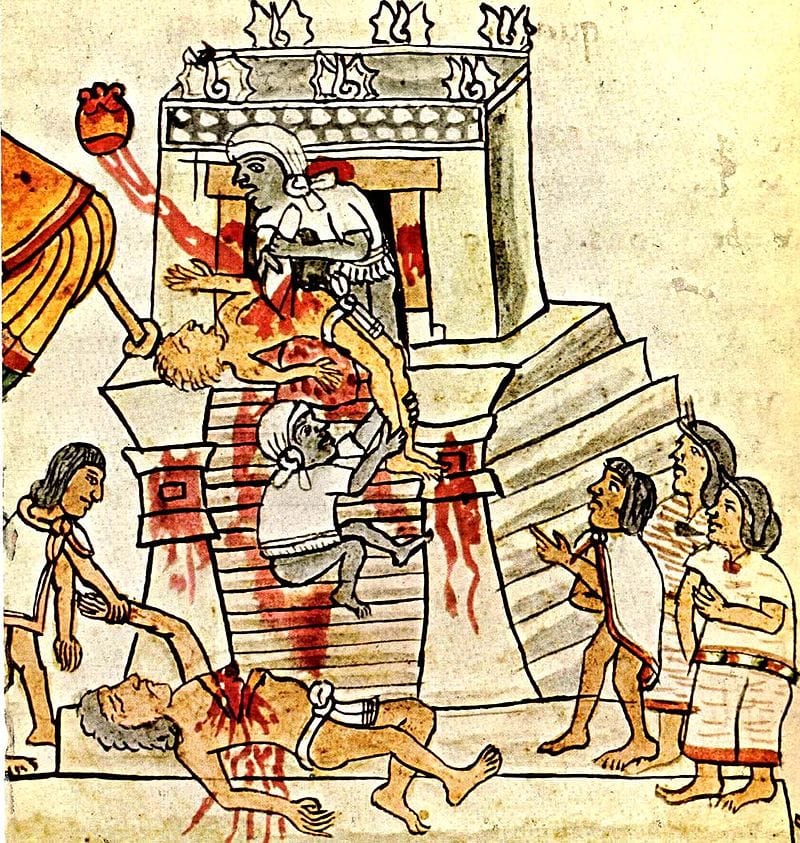
Although human sacrifice was practised in many other Mesoamerican societies and cultures before the Aztecs, what truly differentiates the Aztec practices is how important human sacrifice was for everyday life.
This factor is where historians, anthropologists, and sociologists have serious debates. Some claim that human sacrifices were a fundamental part of the Aztec culture and should be interpreted in the wider context of the pan-Mesoamerican practice. Others would tell you that human sacrifice was performed to appease various gods and should be regarded as nothing more than that.
The Aztecs believed that during moments of great societal turbulences, like pandemics or droughts, ritual human sacrifices should be performed to appease the gods.
Aztecs believed that all gods had sacrificed themselves once to protect humanity and they called their human sacrifice nextlahualli, which means repaying debt.
Wrapping Up
The Aztecs grew to become the most powerful civilization in Mesoamerica by the time the Spanish arrived. Many of their inventions are still used today, and even though the empire eventually succumbed to the Spanish, the Aztec legacy still lives on in their people, rich culture, inventions, and discoveries.





